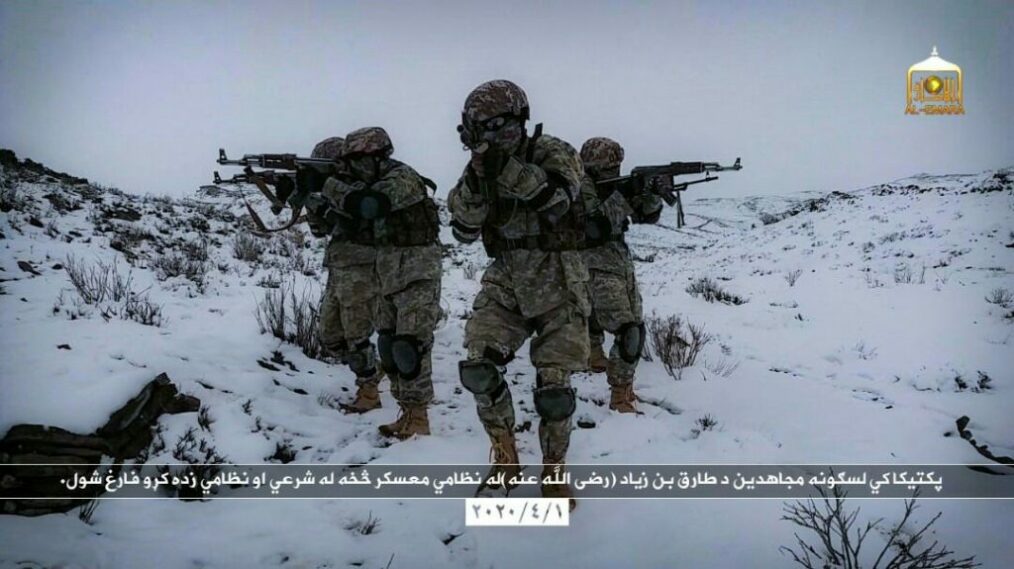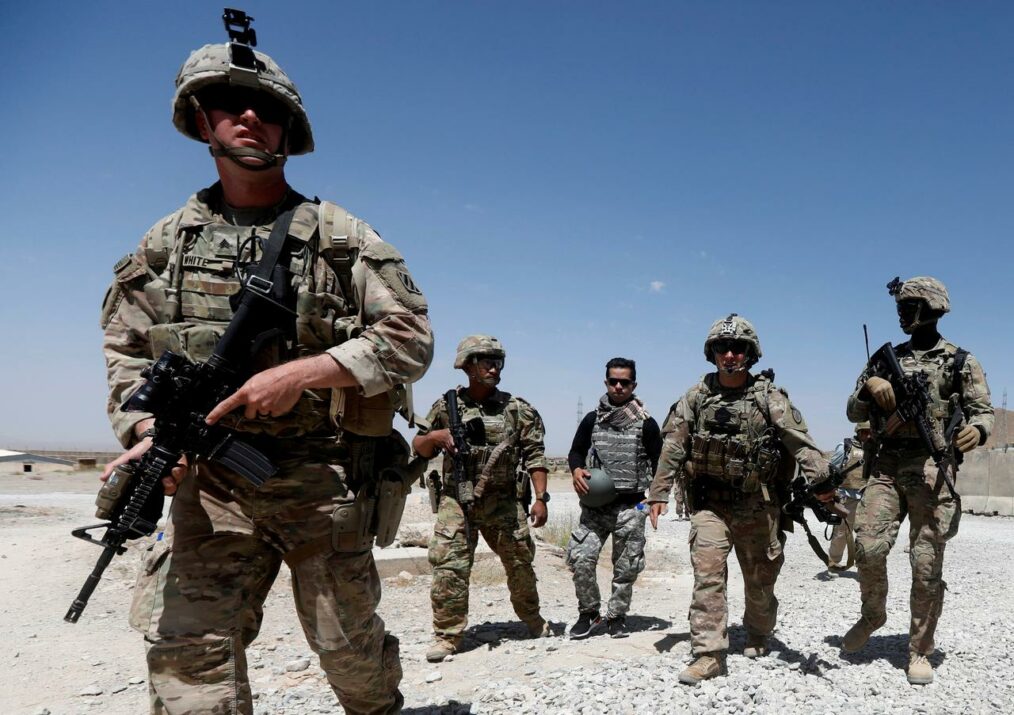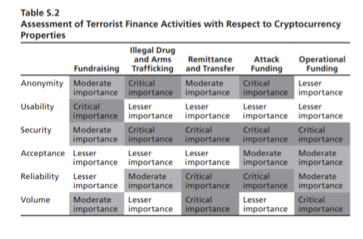The period following the United States-Taliban agreement has provided an opportunity for the U.S. to examine its Responsibility to Protect (R2P) ethos and its impact on affected states, specifically Afghanistan. Operations on the ground have changed over this time and so have counter-efforts by the Taliban. It can be noted that the continued conflict in Afghanistan has led to the creation of a group of Taliban fighters known as the Sara Khitta (The Red Group) — an elite force created for the purpose of fighting a powerful adversary through the use of modern tactics and special weaponry.
The U.S. has seen many victories and losses since it began its operations in Afghanistan 18 years (or more precisely 6861 days as of July 20, 2020) ago. However, the legacy of its military intervention must be examined as matters surrounding troop withdrawal and abilities of the Afghan national army continue to be discussed. This is pertinent as Sara Khitta was formed with the specific mission to disrupt the actions of U.S. and Afghan forces.
Aristophanes, a playwright of ancient Athens, once said: “The wise learn many things from their enemies.” Whilst this may be stating the obvious, it is what foreign forces teach their adversaries that should be of more concern to the U.S. After nearly 7000 days of active involvement in Afghanistan, one can only assume that military tactics have been learned and inevitably exploited.
While the U.S. has always held greater firepower, large groups of semi-trained Taliban fighters have been lost during operations. As Mujib Mashal states in his article for the New York Times: “At times, the (Taliban) casualty rates went so high — losing up to hundreds of fighters a week as the Americans carried out an airstrike campaign in which they dropped nearly 27,000 bombs since 2013.” Therefore, the establishment of Sara Khitta demonstrated the need of the Taliban to strengthen their skills and firepower in the wake of these losses.
Sara Khitta have provided two major advantages to the Taliban. Firstly, the use of advanced weaponry and new tactics have “supposedly lowered Taliban casualties while allowing the group to capture large swaths of territory in Helmand”. Secondly, the force provides advantages to the Taliban propaganda campaign plastered across social media and recruitment pages.
For instance, a photo appeared earlier this year showing Ammar Ibn Yasir, the trainer of the Taliban’s Red Group, who is also known as “the Mujahideen of Mujahideen.” Photos such as this as well as others showing the unit performing various aspects of military training form the backbone of a media campaign designed to show the Taliban as a fighting force capable of taking on everyone — including a world superpower.
In addition to showing the glamour and capability of the Taliban’s fighters, the Sara Khitta social media campaign has focused on professionalism. For instance, there are photos that show fighters training in the snow flaunting full tactical gear. However, the unit is not just a photo opportunity. As Commander Murad disclosed to Reuters, “The Taliban ‘Red Unit’ are said to be equipped with advanced weaponry, including night vision scopes, 82mm rockets, heavy machine guns and U.S.-made assault rifles.”
Another aspect of Sara Khitta that has contributed to their success is the secrecy surrounding their group. Reports such as those mentioned previously touch on their weaponry, attacks and social media presence, but the Taliban has kept many details of this unit hidden from their media outlets and went as far as to forbid members from talking to the press. The U.S. military claimed it killed the head of the Taliban’s Red Unit during a strike in Helmand on Dec. 1, 2017. However, this has not drastically slowed their social media campaign and the propaganda value that this unit provides for the Taliban.
As the U.S. and the Afghan government continue on their respective journeys to create peace in Afghanistan, it is important that the U.S. considers its military legacy in the country and uphold the same responsibility to protect as it paves the way for intra-Afghan talks. Whilst fighting the Taliban, the U.S. provided the group with opportunities for growth and development (including the establishment of Sara Khitta) thus it is integral that both the U.S. and Afghan governments can appropriately counter these developments. This is essential in the transition to peace.






